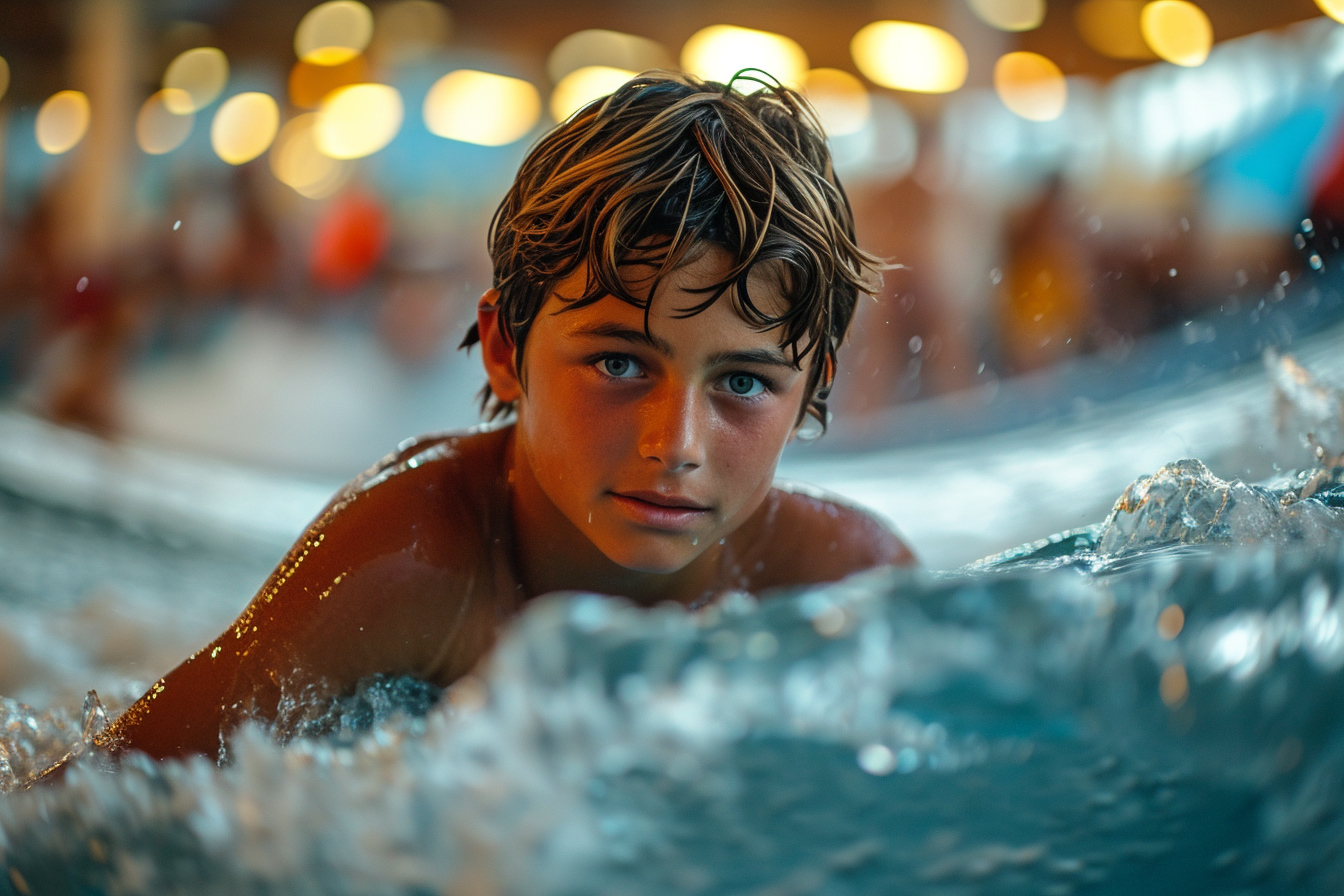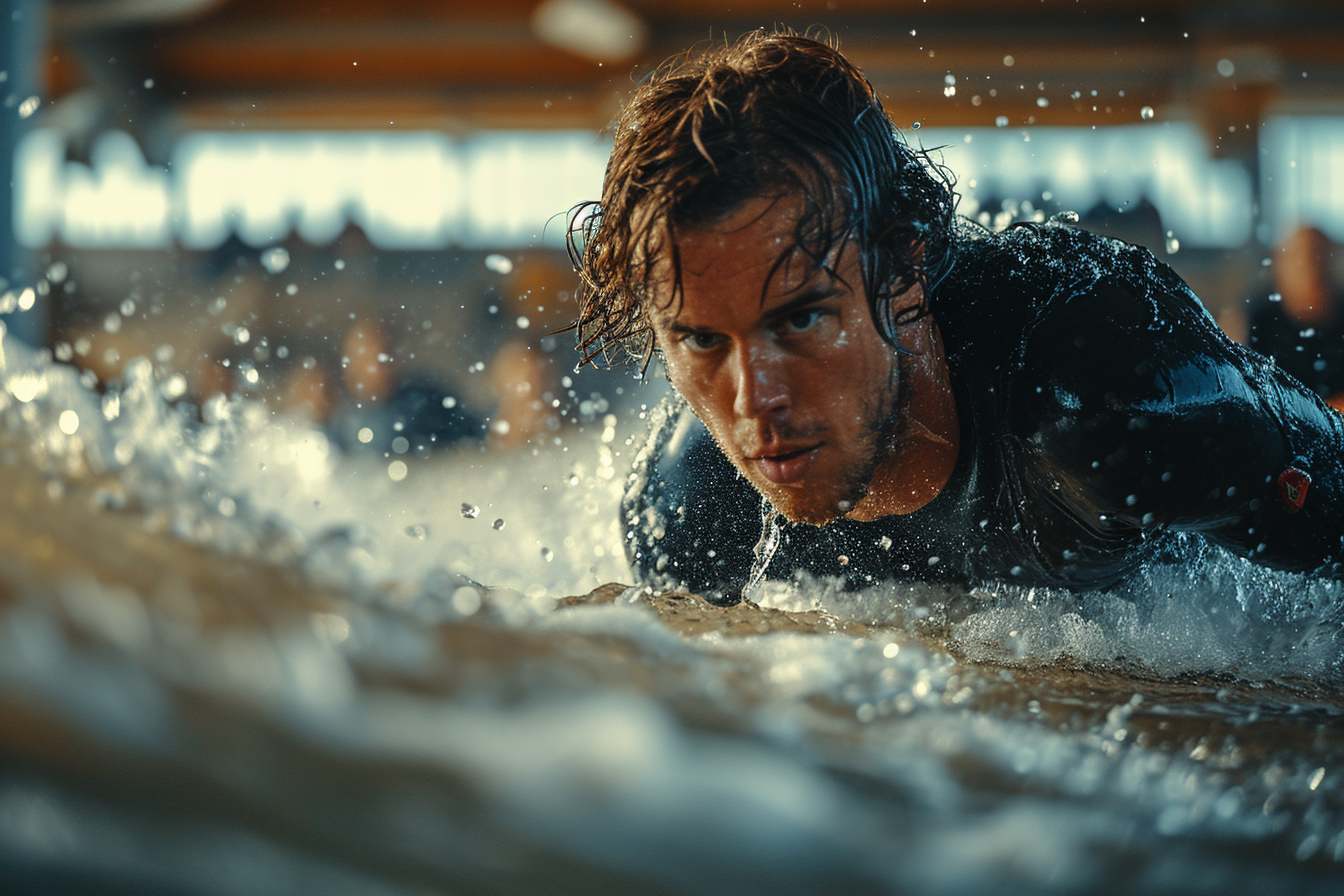Flowboarding is an exhilarating water sport blending the characteristics of surfing, skateboarding, and snowboarding into an entirely unique experience. With the sport gaining traction worldwide, newcomers may find themselves both excited and baffled about how to start riding the waves like a pro. Crafting a foundation, understanding the dynamics of flowboarding, and embodying a disciplined approach can enable novices to master the art of riding an endless wave. This comprehensive discussion will delve into essential aspects that beginners need to embrace to kick-off their flowboarding journey.
Understanding flowboarding
Before plunging into the practical tips and techniques, it’s crucial to understand what flowboarding is. Essentially, flowboarding is performed on an artificial wave, known as a "FlowRider" or "FlowBarrel," which generates a thin sheet of water over a stationary wave model. The resulting wave-like shape allows individuals to ride and perform tricks using a flowboard, which is a shorter, broader board without fins.
The history and evolution of the sport
Flowboarding originated during the late 20th century, drawing inspiration from traditional wave sports. Over the years, its growth has been fuelled by technological advancements in wave simulation and board design, making the sport more accessible and appealing to people of various ages and skill levels.
Distinction between flowboarding disciplines
In flowboarding, two main disciplines exist: bodyboarding and stand-up riding. Bodyboarding involves lying down on the board and using your hands to steer, while stand-up riding parallels surfing and requires you to maintain balance on your feet. Each demands a different skill set and approach, though the foundational techniques remain consistent across both.
Preparing for your first flowboarding experience
As with any sport, preparation is key. Ensuring you’re adequately prepared for your first flowboarding experience can mean the difference between an invigorating ride and a wipeout.
Mental and physical preparation
Embarking on a new sport can be a daunting task. Mentally, it’s vital to maintain an open and resilient mindset, ready to embrace the challenges and falls as part of the learning curve. Physically, honing your strength, flexibility, and balance through exercises like squats, planks, and yoga can be of immense benefit.
Selecting the right equipment
Choosing the correct board depends on the discipline you wish to pursue and your level of experience. Beginners often start with larger boards, which offer more stability. As you progress, you can graduate to smaller boards, which allow for greater maneuverability and trick potential.
The significance of proper attire
While special attire isn’t necessary for flowboarding, it’s recommended to wear fitted swimwear that can withstand the pressure of the water. Additionally, some flowboarders opt for rash guards or specialized tops to protect against board friction.
Core techniques and fundamentals
The exhilaration of flowboarding is unmatched, but achieving that thrill requires mastery over basic techniques. Here’s what you need to focus on as a beginner:
Balancing on the board
Balance is the cornerstone of flowboarding. As you start, practice standing on your board on a stable surface. Transfer this skill to the flow wave, making incremental adjustments to account for the water’s momentum.
Learning to carve
Carving is the act of moving smoothly along the wave in a controlled manner. Begin by leaning gently into turns and steering with your back foot, graduating to larger movements as your confidence grows.
The role of body posture
A lower center of gravity often aids in stability. Adopting a slight knee bend and maintaining a relaxed but alert posture are essentials. Keep your arms out for balance and look in the direction you want to go.
Understand the flowrider
Each FlowRider is different, and familiarizing yourself with the specifics of the wave you’ll be practicing on can improve your learning rate. Note the power of the water flow, any unique contours, and safe entry and exit points.
Practice strategies for beginners
The key to fast-tracking your proficiency in flowboarding lies within the practice methodologies you adopt.
Structured practice sessions
Rather than hopping on the flow wave randomly, develop structured practice sessions where you set clear objectives. Breaking down complex movements into manageable steps can ensure steady progress.
Adapting to wipeouts
Falls are an inevitable part of learning. Experienced flowboarders use wipeouts to understand limits and learn about wave dynamics. Each tumble provides valuable feedback on what to adjust in future attempts.
Tracking your development
Keep a logbook or video diary of your sessions to track improvement over time. Reflect on successful runs and analyze falls to pinpoint areas that require extra attention.
Learning through observation
Watching others, especially those more experienced, provides insight into techniques and styles. Pay attention to how they approach turns, manage balance, and recover from near falls.
Advancing your skills

Once you grasp the basics, transitioning to more advanced flowboarding skills becomes your next objective.
Executing tricks
Simple tricks, such as 360-degree spins or hop maneuvers, can add flair to your sessions. Begin by mastering the movement on a static surface before attempting it on the flow wave.
Developing your own style
Every flowboarder has a unique signature style. Experiment with different postures, speeds, and board angles to find what feels most natural and maximizes your control over the wave.
The importance of consistent practice
As the adage goes, practice makes perfect. Maintain a consistent schedule to habituate your body and mind to the nuances of flowboarding.
Seeking feedback from experts
Don’t shy away from seeking the guidance of instructors or seasoned flowboarders. Their critiques can provide shortcuts to overcoming common beginner mistakes.
Flowboarding safety
Ensuring your safety and that of others around you is paramount.
Understanding safety protocols
Before starting, ensure you are well versed in the safety guidelines of the facility. Recognize the signals used by instructors to communicate during practice sessions.
Use of protective gear
While not always obligatory, wearing protective gear such as helmets and knee pads can prevent injuries, especially in the initial stages of learning.
Respect your limits
Pushing boundaries is part of learning, but knowing when to pull back is equally vital. Listen to your body and step back when necessary to avoid fatigue-related injuries.
Facility etiquette
Be mindful of other users of the wave. Respect turn-taking and keep a safe distance to prevent collisions.

Starting in flowboarding demands dedication, an openness to learn, and a respect for the sport’s intricacies. Whether you aim to ride casually or aspire to competitive heights, the journey is fraught with exciting challenges and immense personal growth opportunities. By embracing the comprehensive approach outlined, beginners can seamlessly transition into the flowboarding community and embark on an adventure that harmoniously melds athletic prowess with the raw power of aquatic waves. As every beginner’s journey morphs into expertise, the community swells with shared experiences and prowess over this captivating sport. Thus, flowboarding is not just about mastering the waves; it is about riding the current of personal development and shared exhilaration, whose momentum never ceases to push the boundaries of possibility.

Leave a Reply